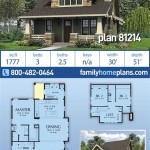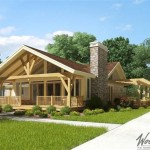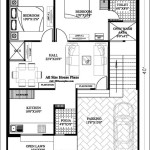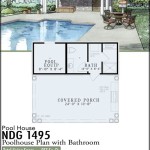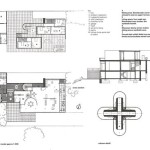Low Budget House Plans
Building a home is a significant investment, and for many, budget constraints are a primary concern. Fortunately, achieving the dream of homeownership doesn't necessarily require exorbitant spending. Careful planning and smart design choices can make building a beautiful, functional home on a limited budget a reality. Exploring low-budget house plans is the first step toward making informed decisions and maximizing resources.
Low-budget house plans prioritize affordability without sacrificing functionality or aesthetics. These plans often incorporate cost-effective building materials and construction techniques. They emphasize efficient use of space, minimizing square footage while maximizing livability. A focus on simple designs reduces construction complexity and labor costs, contributing to overall savings.
One key strategy employed in low-budget house plans is the optimization of the home's footprint. Compact designs, such as ranch-style or small two-story homes, minimize the foundation and roofing area, representing significant cost reductions compared to sprawling layouts. Minimizing hallways and other transitional spaces further streamlines the design and maximizes usable living area.
Material selection plays a crucial role in managing construction costs. Low-budget house plans often specify readily available, cost-effective materials. For example, concrete slabs are generally less expensive than basements, and engineered wood products can offer cost savings compared to traditional lumber. Choosing standard-sized windows and doors eliminates the need for custom fabrication, further reducing expenses.
Simplicity in design translates to efficiency in construction. Straightforward rooflines and rectangular shapes minimize complex framing and reduce labor costs. Open floor plans, while aesthetically pleasing, also contribute to cost savings by requiring fewer interior walls and doors. This simplifies the construction process and reduces material requirements.
Pre-fabricated or modular homes represent another avenue for budget-conscious construction. These homes are built in sections at a factory and then transported to the building site for assembly. This method can significantly shorten the construction timeline, reducing labor costs and minimizing weather-related delays. Modular construction also offers a high degree of quality control, as the components are manufactured in a controlled environment.
Energy efficiency is often integrated into low-budget house plans. Features like proper insulation, energy-efficient windows, and strategically placed windows for natural light can contribute to long-term savings on utility bills. These features not only benefit the homeowner financially but also contribute to a smaller environmental footprint.
Exploring available resources and seeking professional guidance are essential steps in the planning process. Online databases offer a vast selection of low-budget house plans, often categorized by size, style, and features. Consulting with an architect or builder can provide valuable insights into site-specific considerations, local building codes, and potential cost-saving measures.
Customization options are sometimes available even within low-budget house plans. While significant structural changes can impact the budget, minor modifications, such as adjusting window placements or selecting different finishes, can often be accommodated without substantial cost increases. Working closely with a builder can help identify areas where customization is feasible within the budget constraints.
Thorough research and careful planning are crucial to the success of any building project, especially when working with a limited budget. By carefully considering the factors outlined above and exploring the available resources, building a comfortable and functional home within a defined budget is an achievable goal.
Prioritizing needs and wants is a critical step in the planning process. Distinguishing between essential features and desired extras helps allocate resources effectively. Focusing on functionality and incorporating desired features strategically, perhaps in future renovations, allows for cost control during the initial construction phase. This approach ensures the budget remains manageable while allowing for flexibility and future enhancements.
Flexibility and adaptability are important mindsets to adopt during the planning and construction phases. Unexpected costs can arise, and being prepared to make adjustments as needed is essential. Maintaining open communication with the builder and being willing to consider alternative materials or design modifications can help navigate unforeseen challenges and keep the project on track within the budget.

Est House Plans To Build Simple With Style Blog Eplans Com

649 Sqft Low Budget 2 Bedroom Home Design And Free Plan From Bee S Kerala Plans House Bungalow Floor

Low Cost Cer Housing House Plans Floor

Low Budget Simple Two Y House Design Affordable Living

15 Ways To Plan A Low Budget Single Floor House Design

Simple 5 Lakh Budget House Plans 2024

How To Plan A Low Budget Single Floor House In Kerala

Building On The Affordable House Plans Of 2024 Houseplans Blog Com

Low Budget Small House Design Ideas

Picture Of Low Budget Small House Design Free Plans One Story
Related Posts

